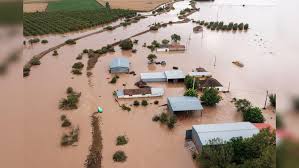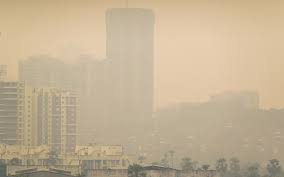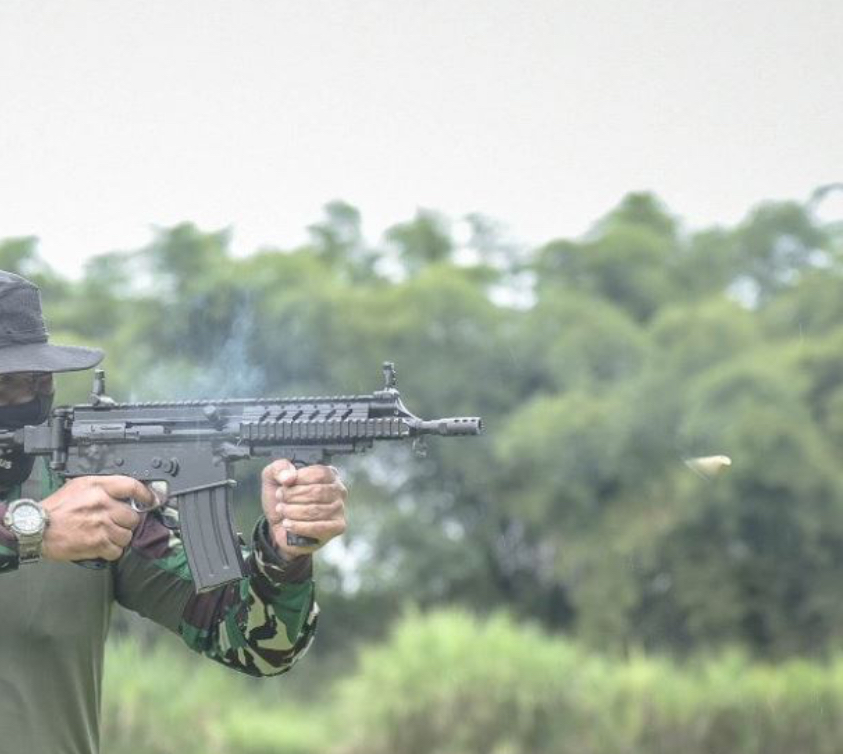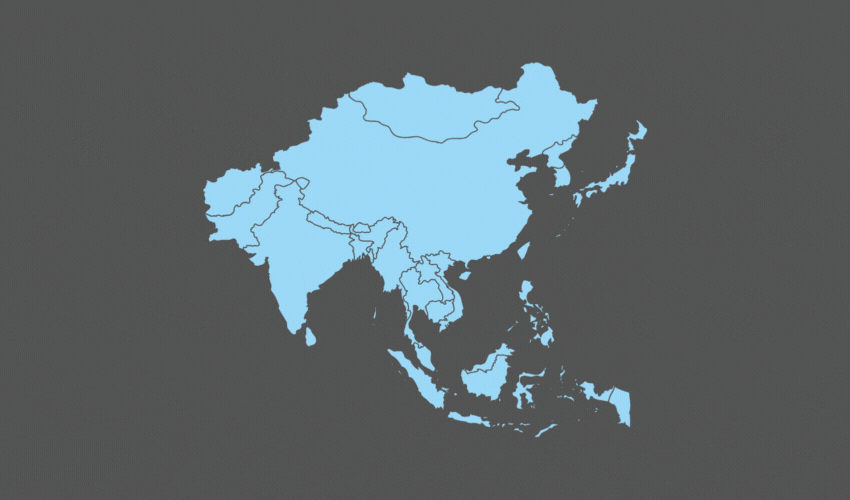UNICEF Issues Urgent Warning Amid Extreme Heatwave Threatening Children in South Asia

NEW DELHI/KATHMANDU, 25 May 2024 – UNICEF has expressed deep concern over the health and safety of babies and young children as a severe heatwave engulfs several countries across South Asia.
In many northern states of India, including Delhi, temperatures soared to an unprecedented 43-47°C on Sunday, according to a five-day heatwave warning issued by the Indian Meteorological Department on 20 May. Concurrently, Pakistan’s Meteorological Department has forecasted a severe heatwave from 23 to 27 May, prompting the Government of Punjab to close schools from 25 to 31 May.
“The soaring temperatures across South Asia pose a significant threat to millions of children’s health if they are not adequately protected or hydrated,” UNICEF stated. “Children are more vulnerable to temperature changes than adults and cannot efficiently remove excess heat from their bodies, leading to severe health complications.”
Among the risks highlighted are dehydration, heat strokes, diarrhoea, and an increased likelihood of chronic respiratory conditions and organ dysfunction, including kidney failure. Prolonged exposure to extreme heat can also disrupt brain development in children, potentially impacting their learning, memory, and concentration.
For pregnant women, who are particularly susceptible to heat, the risks are severe. These include early contractions, preterm births, and stillbirths. Premature babies are at heightened risk of mortality.
UNICEF advises parents and caregivers to be extra vigilant in keeping their children hydrated and protected from heat-related illnesses. Key signs to watch for include thirst, sweating, feeling hot, vomiting, a dry and sticky mouth, and headaches. Loose clothing, the use of ice packs, fans, or misting with water can help lower body temperature in young children, while cold water immersion can be effective for older children. Immediate medical attention is urged if a child shows signs of severe heat stress, such as high fever, dizziness, or rapid breathing.
According to a UNICEF analysis of 2020 data, South Asia had the highest percentage of children exposed to extreme high temperatures compared to other regions. An estimated 76 per cent of children under 18 in South Asia—about 460 million—experienced extreme high temperatures, with 83 or more days per year exceeding 35°C. Additionally, 28 per cent of children in the region were exposed to 4.5 or more heatwaves annually, compared to 24 per cent globally.
UNICEF urges health workers to quickly recognize and treat symptoms of heat stress in pregnant women and children. The organization has launched the “B.E.A.T. the Heat” initiative, encouraging awareness and immediate action to combat heat stress:
Be Aware: Understand heat stress and protective measures.
Easily Identify: Recognize symptoms of heat-related illnesses.
Act Immediately: Apply first-aid measures to rebalance body heat.
Take to a Health Facility: Seek medical help for severe symptoms, especially heat stroke.
Earlier this year, UNICEF highlighted the impact of extreme heat on children during a heatwave in Bangladesh in April, which led to the closure of government primary schools for several weeks, affecting 30 million children. The Directorate General of Health Services, with UNICEF’s support, issued guidelines to address heat-related risks in young children.
UNICEF’s 2021 Children’s Climate Risk Index (CCRI) identifies children in Afghanistan, Bangladesh, India, and Pakistan as being at ‘extremely high risk’ from climate change impacts. UNICEF calls for immediate and concerted action to protect the most vulnerable populations from the escalating climate crisis.
“We must do more to safeguard our children from the relentless impacts of climate change,” UNICEF urged, emphasizing the critical need for awareness, preparedness, and swift response to protect children’s health and future.



















Facebook Comments